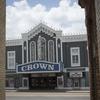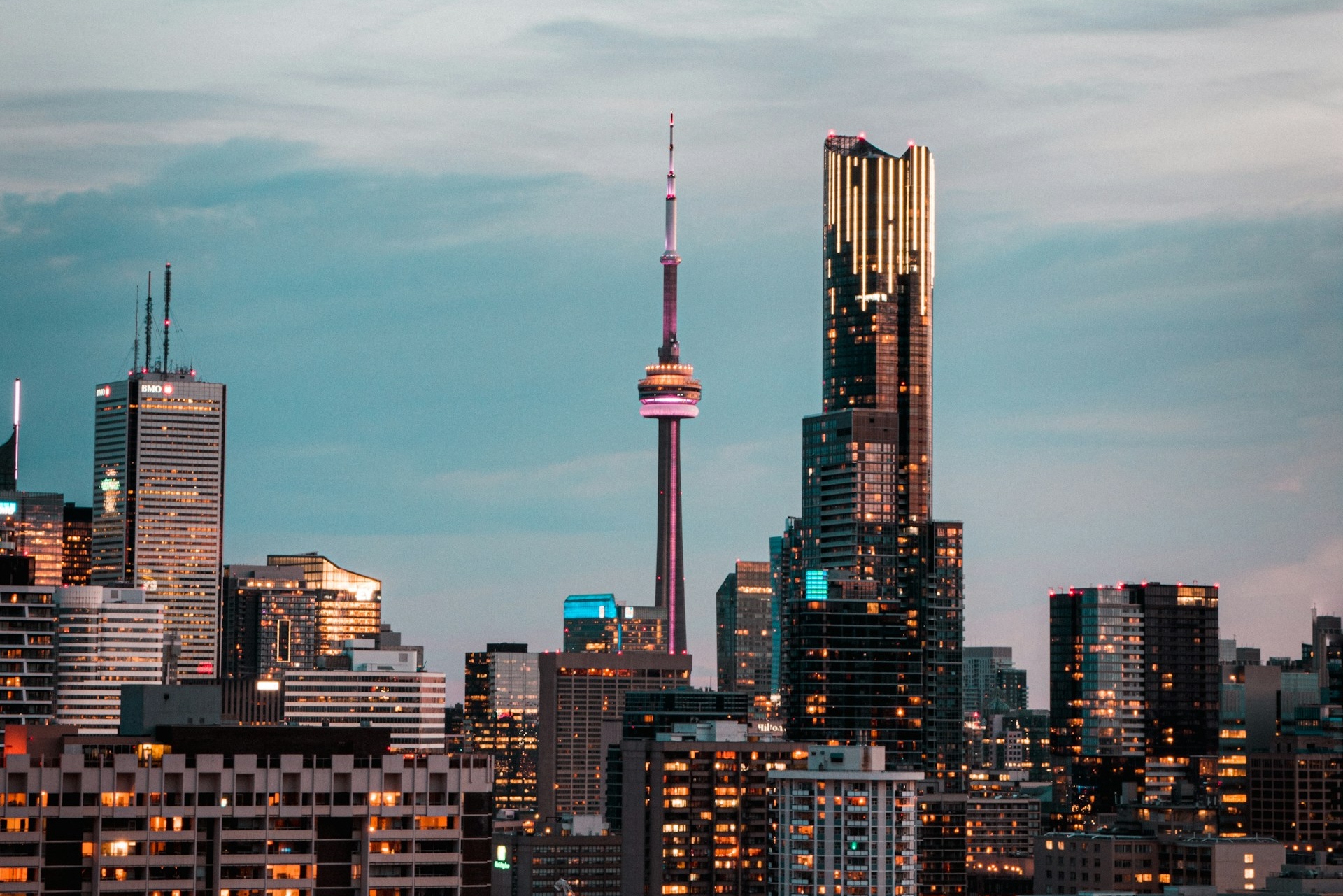New data correlating median house prices and federal electorates paint a picture as to how property market dynamics influence voting patterns and the priorities of elected officials, a new report shows.
According to CPA Advisory analysis, modelled with SuburbTrends data, while some seats interstate saw value decreases since the last federal election in May 2022, every federal SA seat recorded a rise over the past three years.
CLICK HERE FOR MORE REAL ESTATE NEWS
The greatest increase can be seen in Adelaide’s northern suburbs in the seat of Spence.
The Labor seat, held by Matt Burnell, has had huge amounts of federal funding showered upon in recent years, with the median sale price in the area increasing by 48 per cent from $415,000 to $615,000.
Mike Lao, Director/Sales, Edge Realty.
Mike Lao of Edge Realty in Adelaide’s northern suburbs said significant government spending on infrastructure upgrades in the area, on the back of solid building activity, had helped make the area more appealing and driven prices up.
“They’ve put in new roads and rezoned a lot of land and the Northern Expressway has really opened that area up with new town centres attracting buyers.
“We’ve seen house prices up 30 to 40 per cent each year, and there’s nothing to suggest that prices wouldn’t continue to rise as the population grows.”
SA federal seat price changes since the last election
| Name | Current Member | Member’s Party | Current median price | Median price last election (May 2022) | Change |
| Spence | Matt Burnell | Labor | $615,000 | $415,000 | 48% |
| Barker | Tony Pasin | Liberal | $479,000 | $349,500 | 37% |
| Makin | Tony Zappia | Labor | $735,000 | $570,000 | 29% |
| Kingston | Amanda Rishworth | Labor | $745,000 | $580,000 | 28% |
| Adelaide | Steve Georganas | Labor | $830,000 | $680,000 | 22% |
| Mayo | Rebekha Sharkie | Centre Alliance | $752,003 | $625,000 | 20% |
| Boothby | Louise Miller-Frost | Labor | $905,000 | $760,000 | 19% |
| Hindmarsh | Mark Butler | Labor | $865,500 | $729,000 | 18% |
| Grey | Rowan Ramsey | Liberal | $350,000 | $305,000 | 14% |
| Sturt | James Stevens | Liberal | $950,000 | $840,000 | 13% |
| Source: CPA Advisory analysis, modelled with SuburbTrends data | |||||
The seat of Barker – which stretches from the Barossa to the Riverland and down to Mount Gambier, experienced the second highest value growth since the last election.
Held by Liberal’s Tony Pasin, house prices here have increased by 37 per cent – up from $349,500 to $479,000.
The Labor-held Makin and Kingston – with Makin stretching from Wingfield to Parafield Gardens and Vista to Golden Grove, and Kingston including Hallett Cove, Maslin Beach, Onkaparinga Hills and Flagstaff Hill among others – both experienced value gains of 29 and 28 per cent.
Procurement worker Catherine Fisher, 44, has just sold her family’s Gawler South home, in the seat of Spence, after four years and said she has seen significant growth in house prices in that time.
Catherine and Lyndon Fisher with son Lucas and daughter Chloe out the front of the Gawler South home they have just sold. Photo: Naomi Jellicoe
“The Northern Expressway has really helped and a lot of people are discovering what a fantastic area Gawler is – it’s got lots of amenities and lots of services opening up all the time and it’s a great commute both to the city and to other surrounding areas,” she says.
Despite selling, the couple aren’t leaving the seat, having bought another property in the same suburb.
“We love it here and it’s an area we wouldn’t want to move outside of – everything’s on our doorstep so it’s perfect.”
Catherine and Lyndon Fisher with son Lucas and daughter Chloe out the front of the Gawler South home they have just sold. Photo: Naomi Jellicoe
The report said the data provides an intriguing look into how property values correlate with political representation and geographic classification.
“Independent representatives tend to thrive in high-value electorates, particularly in affluent metro areas,” the report said.
“Labor has a strong base in inner and outer metropolitan regions with diverse property values, indicating a broad appeal across socio-economic groups.
“Liberal Nationals and Nationals dominate in rural and provincial areas, where property values are generally more affordable, aligning with their rural focus and policies.
“These insights could serve as a basis for exploring how property market dynamics influence voting patterns and the priorities of elected officials, especially regarding housing affordability, regional investment, and metropolitan infrastructure.”



















 English (US) ·
English (US) ·